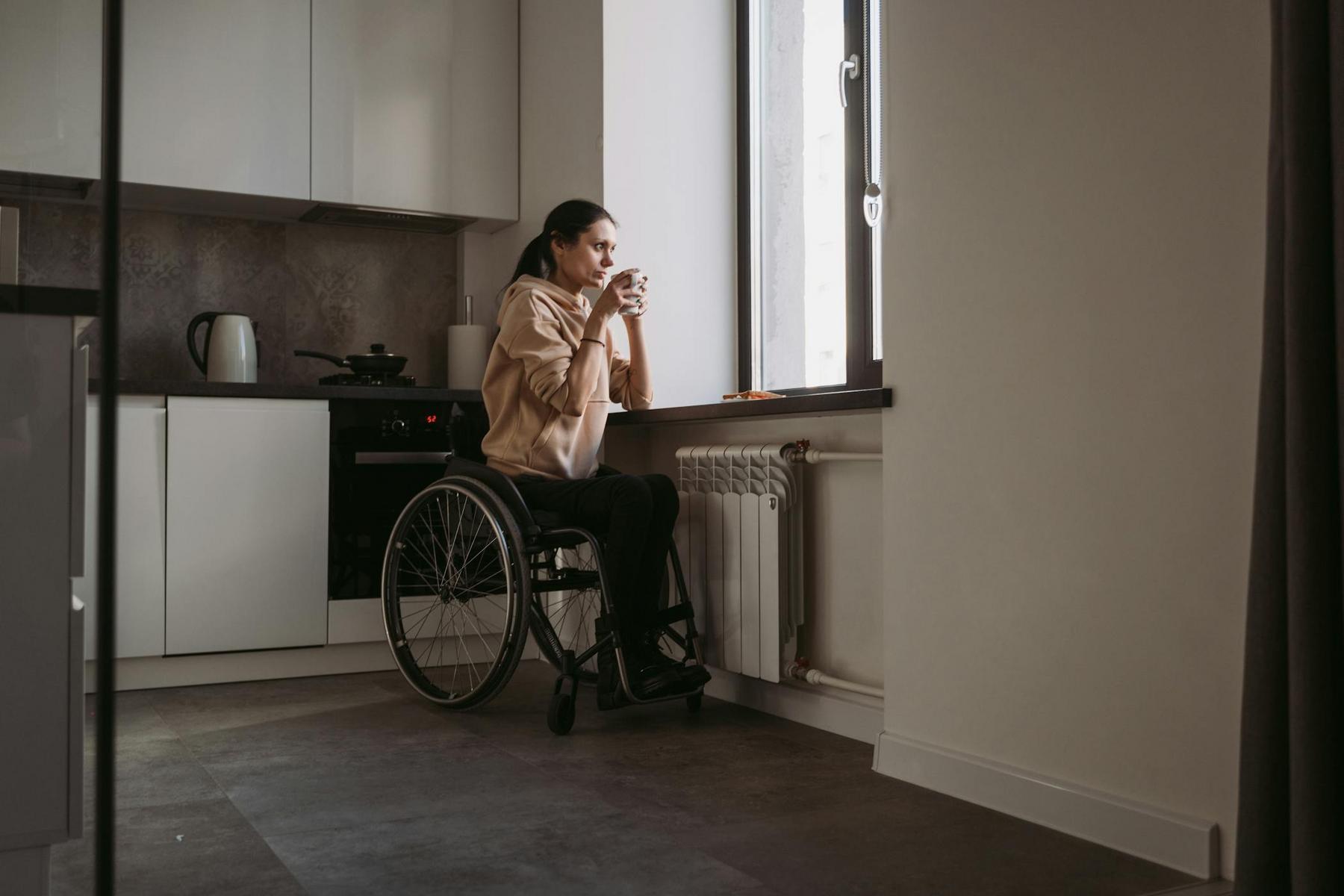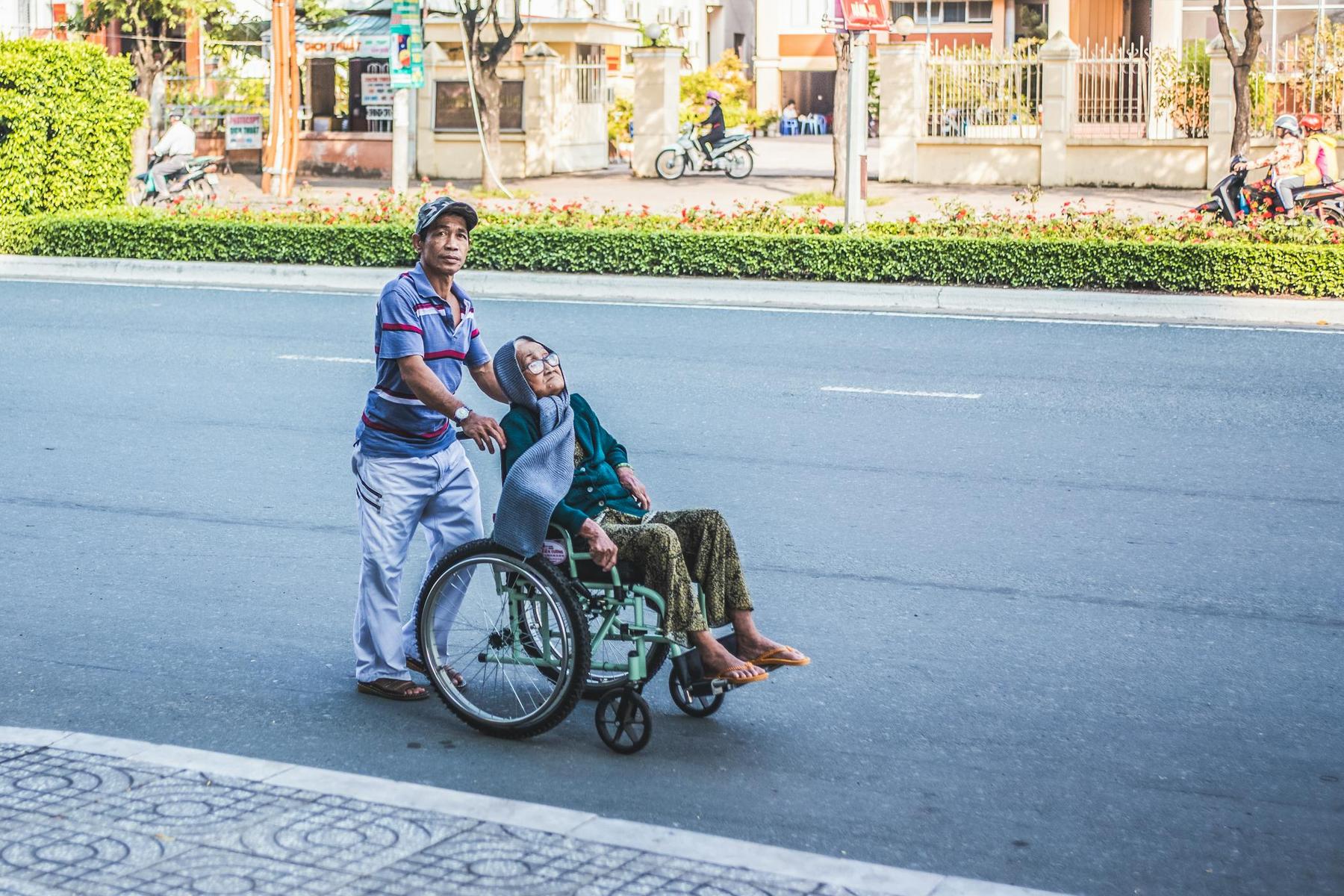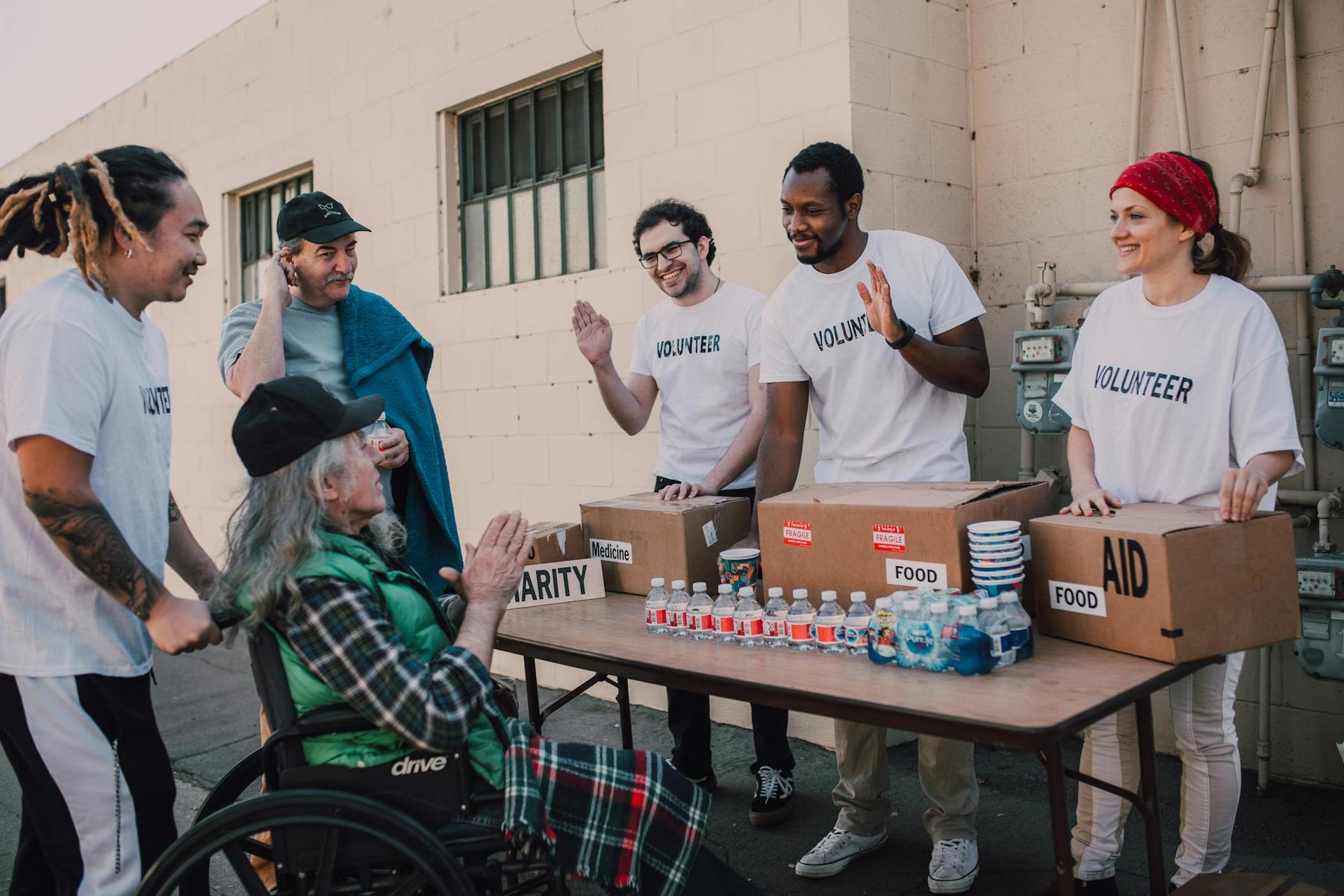Finding appropriate housing when you have complex support needs shouldn’t be a journey you have to navigate alone. For individuals with significant physical disabilities requiring extensive daily assistance, the search for suitable accommodation can feel overwhelming, especially when considering the unique challenges of accessibility, safety, and round-the-clock support availability. In Brisbane, the landscape of Specialist Disability Accommodation (SDA) has evolved significantly, offering hope and practical solutions for those who need high-level support to live with dignity and independence.
What is Specialist Disability Accommodation and High Physical Support Housing?
Specialist Disability Accommodation represents a fundamental shift in how we approach housing for people with disabilities. Rather than trying to retrofit existing properties, SDA provides purpose-built or significantly modified dwellings designed specifically for people with extreme functional impairment or very high support needs.
High Physical Support housing, one of the four main SDA design categories, caters specifically to individuals who require significant physical assistance with daily tasks and mobility. These properties feature enhanced accessibility elements that go far beyond standard accessibility requirements. Wide doorways, ceiling-mounted hoists, height-adjustable fixtures, and seamless indoor-outdoor transitions are just the beginning.
What sets High Physical Support accommodation apart is its integration of assistive technology throughout the living space. Environmental controls, emergency alert systems, and automated features reduce reliance on carers for basic environmental adjustments, promoting greater independence whilst ensuring safety remains paramount.
The design philosophy centres on creating spaces where individuals can maintain as much autonomy as possible whilst having immediate access to the support they need. This might include live-in carer accommodation, specialised bathroom facilities with multiple transfer options, and kitchens designed for wheelchair accessibility from multiple angles.
Who is Eligible for High Support SDA in Brisbane?
Eligibility for High Physical Support SDA requires meeting specific NDIS criteria that demonstrate both the need for this level of accommodation and the functional capacity to benefit from it. The assessment process focuses on your current and future housing needs, examining how your disability impacts your daily living requirements.
To qualify, you must demonstrate an extreme functional impairment that significantly affects your ability to undertake daily tasks safely and effectively in standard housing. This typically involves requiring substantial physical assistance with personal care, mobility, and domestic activities. The NDIS looks for evidence that your support needs are ongoing and unlikely to reduce significantly over time.
Your current living situation plays a crucial role in the assessment. If you’re currently in inappropriate housing that doesn’t meet your accessibility needs, this strengthens your application. Similarly, if you’re living in aged care or hospital settings because suitable community housing isn’t available, this demonstrates the necessity for specialised accommodation.
The assessment also considers your informal support network. While having family or friends who provide care doesn’t disqualify you, the NDIS evaluates whether relying solely on informal supports places unreasonable burden on others or compromises your independence and wellbeing.
Location preference matters too. Brisbane’s growing SDA market means more options are becoming available, but expressing a clear preference for Brisbane-based accommodation helps ensure you’re matched with appropriate local options that connect you with established support networks and services.
What Types of High Support Housing Options are Available in Brisbane?
Brisbane’s High Physical Support SDA market offers diverse accommodation types designed to meet varying lifestyle preferences and support requirements. The options range from individual apartments with integrated support spaces to group homes designed for people with similar support needs.
Individual apartments represent the gold standard for independence whilst maintaining high support access. These self-contained units feature private bedrooms, accessible bathrooms with multiple transfer options, and open-plan living areas designed for wheelchair navigation. Many include adjoining carer accommodation, allowing for immediate assistance availability without compromising privacy.
Villa-style accommodation offers a middle ground between apartment living and traditional house settings. These single-storey dwellings provide more space for assistive equipment storage and often feature private outdoor areas adapted for wheelchair access. The design typically incorporates wider hallways and multiple accessible entry points.
Shared living arrangements within High Physical Support properties can provide both economic benefits and social connection opportunities. These arrangements feature individual private spaces whilst sharing common areas designed for multiple wheelchair users. The shared model often includes enhanced staffing ratios, providing residents with access to support workers around the clock.
| Accommodation Type | Key Features | Best Suited For | Support Integration |
|---|---|---|---|
| Individual Apartments | Private, self-contained, adjoining carer space | Those seeking maximum independence | Live-in or visiting support |
| Villa-style Dwellings | Single-storey, private outdoor areas, equipment storage | Active users wanting space | Flexible support arrangements |
| Shared Living | Private rooms, shared accessible common areas | Individuals valuing community | Enhanced staffing ratios |
| Group Homes | Purpose-built for multiple residents | Those preferring structured support | 24/7 staff availability |
Brisbane’s SDA providers increasingly recognise that one size doesn’t fit all. Many properties now offer flexible configurations that can adapt as your needs change, ensuring your housing remains suitable even if your support requirements evolve over time.
How Do You Apply for SDA Funding Through the NDIS?
The SDA application process requires careful preparation and thorough documentation of your housing needs and support requirements. Understanding this process empowers you to present the strongest possible case for funding approval.
Your journey begins with discussing SDA with your NDIS planner during your plan review. This conversation should occur well before your current plan expires, as SDA assessments can take considerable time. Come prepared with clear explanations of why your current housing doesn’t meet your needs and how SDA would improve your independence and wellbeing.
Documentation forms the backbone of successful SDA applications. You’ll need recent occupational therapy assessments that detail your functional limitations and housing modifications required. Medical reports should clearly outline your disability’s impact on daily living and explain why standard housing isn’t suitable. Support letters from current carers or family members can illustrate the practical challenges you face in inappropriate housing.
The NDIS may request an SDA assessment from an independent assessor. This comprehensive evaluation examines your current living situation, support needs, and capacity to benefit from SDA. Being honest about your challenges whilst demonstrating your commitment to maintaining independence helps assessors understand your genuine need for specialised accommodation.
Once approved, SDA funding appears in your NDIS plan as a separate support budget. This funding covers the additional property costs associated with specialised features but doesn’t include your regular support worker funding or daily living expenses. Understanding this separation helps you plan your overall support arrangements effectively.
Finding available SDA properties that match your approved category and location preferences becomes your next priority. Brisbane’s growing SDA market offers increasing choices, but popular locations and specific accommodation types may have waiting lists.
What Should You Consider When Choosing High Support Accommodation?
Selecting the right High Physical Support accommodation involves balancing numerous factors that will impact your daily life, independence, and overall wellbeing. The decision extends far beyond just accessibility features, encompassing location, support integration, and future adaptability.
Location significantly influences your quality of life and support options. Proximity to medical services, allied health providers, and specialist disability services reduces travel time for appointments and creates backup options when regular services aren’t available. Consider public transport accessibility, as even with modified vehicles, having alternative transportation options provides security and independence.
Brisbane’s different suburbs offer varying advantages for disability accommodation. Inner city locations provide excellent service access but may have limited outdoor space. Suburban options often offer more room and quieter environments but require careful consideration of transport links and service availability.
The integration between your accommodation and support services requires careful evaluation. Some properties include support coordination services, helping manage the various providers you need. Others operate on a purely accommodation basis, requiring you to coordinate all support services independently. Neither approach is inherently better, but understanding what’s included helps you plan accordingly.
Future flexibility should influence your decision significantly. Your support needs may change over time, either increasing or decreasing. Properties designed with adaptable features allow modifications without requiring relocation. Similarly, accommodation providers who demonstrate willingness to adjust services as needs change offer greater long-term security.
The property’s community integration affects your social connections and sense of belonging. Accommodation that enables participation in local activities, employment opportunities, and community groups supports overall wellbeing beyond just meeting physical needs.
How Does High Support SDA Funding Work in Practice?
Understanding SDA funding mechanics helps you make informed decisions about accommodation options and budget planning. The NDIS pays SDA funding directly to accommodation providers, covering the additional costs associated with specialised features and design elements that standard housing doesn’t provide.
High Physical Support SDA attracts higher funding rates than other categories due to the extensive modifications and features required. This funding covers structural adaptations like ceiling hoists, wide doorways, accessible bathrooms, and assistive technology integration. However, it doesn’t cover standard housing costs like basic rent, utilities, or general maintenance that any tenant would normally pay.
Your regular NDIS funding for support workers, personal care, and daily living assistance operates separately from SDA funding. This separation means you maintain choice and control over your support providers even when living in SDA accommodation. You’re not required to use support services provided by or affiliated with your accommodation provider.
The funding model encourages innovation in SDA design and service delivery. Providers who create more effective, person-centred accommodation options can attract residents who have choice in where they live. This market approach drives improvements in accommodation quality and service integration over time.
Regular plan reviews ensure your SDA funding remains appropriate for your needs. If your support requirements change significantly, your SDA category or location needs might also change. The NDIS can adjust funding to match your current circumstances, providing security that your accommodation remains suitable as your situation evolves.
Moving Forward with Confidence in Your Housing Journey
Brisbane’s Specialist Disability Accommodation landscape continues expanding, offering increasing opportunities for individuals with high physical support needs to access housing that truly meets their requirements. The combination of purpose-built design, integrated technology, and flexible support arrangements creates possibilities for independent living that weren’t previously available.
The key to success lies in understanding your options, preparing thoroughly for the application process, and choosing accommodation that aligns with your lifestyle goals and support preferences. While the journey may seem complex initially, the outcome – having a home designed specifically for your needs – transforms daily living from a series of challenges into achievable routines.
Remember that SDA represents more than just accessible housing. It’s about creating the foundation for the life you want to live, with the support you need, in the location you choose. Brisbane’s growing market means more options and better services become available regularly, providing grounds for optimism about future possibilities.
Your housing choice impacts every aspect of your daily life, from the ease of personal care routines to your ability to maintain social connections and pursue personal interests. Taking time to evaluate options thoroughly ensures your decision supports not just your immediate needs but your long-term goals for independence and wellbeing.
What’s the difference between High Physical Support and other SDA categories?
High Physical Support SDA features extensive physical modifications like ceiling hoists, multiple bathroom transfer options, and integrated assistive technology, specifically designed for people with significant physical disabilities requiring substantial daily assistance. Other SDA categories, such as Improved Liveability and Fully Accessible, focus on more basic accessibility and mobility features.
How long does the SDA application and approval process typically take?
The SDA assessment and approval process generally takes 3-6 months from the initial application. However, factors such as assessor availability, documentation completeness, and current NDIS processing loads can affect the timeline.
Can I choose my support workers when living in High Physical Support SDA?
Yes. SDA funding operates separately from support worker funding, meaning you retain full choice and control over your support providers and are not obligated to use services affiliated with your accommodation provider.
What happens if my support needs change after moving into SDA?
If your support needs change, your NDIS plan reviews can adjust both your SDA category and support funding. This flexibility means additional supports can be added or modified, and many SDA properties are designed with adaptability in mind, reducing the need for relocation.
Are there waiting lists for High Physical Support SDA in Brisbane?
While Brisbane’s SDA market is expanding rapidly, popular locations and specific accommodation types may have waiting lists. Expressing flexibility regarding location and property type can help reduce waiting times, and many providers maintain expression of interest lists for upcoming developments.



